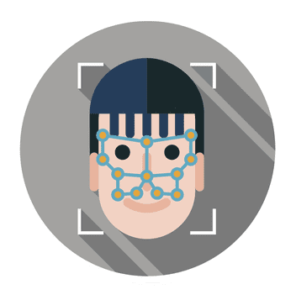Facial recognition technology is more advanced than ever, but there’s still room for improvement, suggests a new report from the National Institute of Standards and Technology.
 The interagency report is an assessment of NIST’s recent Face in Video Evaluation (FIVE) testing, which assessed facial recognition technologies designed to monitor video surveillance feeds. The report finds a significant gap between the performance of such solutions when compared to more traditional, and better-performing, face-matching exercises based on static images with front-facing faces. With 36 algorithms from 16 commercial vendors having been tested, “even for the most accurate algorithms, subjects may be identified anywhere from around 60 percent of the time to more than 99 percent,” depending on the test conditions, according to a report summary.
The interagency report is an assessment of NIST’s recent Face in Video Evaluation (FIVE) testing, which assessed facial recognition technologies designed to monitor video surveillance feeds. The report finds a significant gap between the performance of such solutions when compared to more traditional, and better-performing, face-matching exercises based on static images with front-facing faces. With 36 algorithms from 16 commercial vendors having been tested, “even for the most accurate algorithms, subjects may be identified anywhere from around 60 percent of the time to more than 99 percent,” depending on the test conditions, according to a report summary.
That’s not to slight the achievements of a company like NEC, whose facial recognition solution proved most effective in the recent FIVE testing; but it does point to a need for biometrics specialists to refine their technologies. To that end, the report recommends that developers focus on avoiding false matches in their algorithms, and trying to limit the sizes of galleries against which images are to be matched. Beyond the algorithm work, the report also recommends employing high-quality video capture, and retaining the services of human experts to verify the accuracy of facial matches.
At a time when government and other security agencies are growing increasingly interested in these kinds of biometric security and investigative solutions, the report offers valuable insight into the state of the art, and how it can be advanced going forward.
–
April 6, 2017 – by Alex Perala


Follow Us